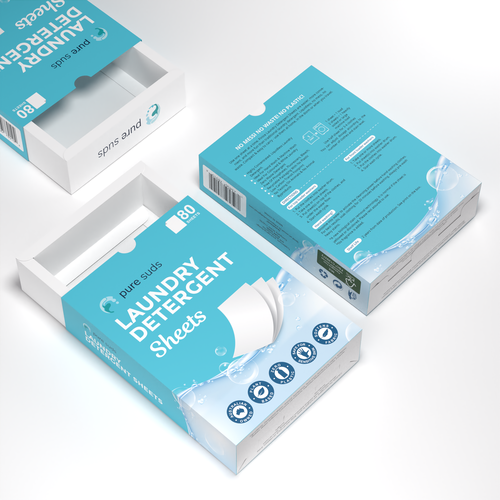Can Dishwashing Sheets Be Cut or Split for Smaller Loads?
Dishwashing sheets have become a popular alternative to traditional liquid or powder detergents, offering convenience, eco-friendliness, and ease of use. However, a common question arises: can dishwashing sheets be cut or split for smaller loads? In this blog, we’ll explore the practicality and implications of this approach.
Understanding Dishwashing Sheets
Dishwashing sheets are pre-measured detergent sheets that dissolve in water, releasing cleaning agents to tackle grease, food particles, and stains. Designed for ease of use, they are typically intended for full-load applications, with the dosage carefully calibrated by manufacturers.
Reasons for Cutting or Splitting Dishwashing Sheets
Cost-Effectiveness
One reason consumers consider cutting or splitting dishwashing sheets is cost savings. Using half a sheet for smaller loads can potentially stretch the product’s use, making it a budget-friendly option.
Eco-Consciousness
For those who are environmentally conscious, reducing detergent use by splitting sheets can minimize waste. This practice aligns with sustainable living practices, especially when combined with eco-friendly sheet formulations.
Versatility
Cutting or splitting sheets allows for customized dosing based on load size and soil level, providing flexibility in dishwashing routines.
Practical Considerations
Ease of Cutting
Dishwashing sheets vary in their ease of cutting. Some are pliable and easy to divide, while others may crumble or tear unevenly. It’s essential to handle them gently and use sharp scissors or a knife.
Dissolution and Effectiveness
Altering the size of the sheets may affect their ability to dissolve evenly. This could impact the distribution of cleaning agents, potentially leading to suboptimal cleaning results.
Manufacturer Recommendations
Most manufacturers design dishwashing sheets for specific dosages, often discouraging alterations. It’s advisable to check product labels or contact the manufacturer for guidance on cutting or splitting sheets.
Potential Challenges and Solutions
Uneven Dissolution
Cutting sheets can result in uneven pieces that may not dissolve properly, especially if the cut edges are rough. To mitigate this, cut sheets as evenly as possible and place them in the detergent compartment where they can fully dissolve.
Residue or Streaks
Reduced detergent quantity might lead to residue or streaks, particularly in hard water areas. Using a rinse aid can help achieve a spotless finish even with smaller detergent amounts.
Testing and Adjustments
It’s recommended to start with a trial run, using half a sheet and observing the results. Adjust the dosage as needed based on the cleanliness of the dishes and any residue left behind.
Consumer Experiences and Feedback
Consumers have experimented with cutting or splitting dishwashing sheets, with mixed results. Some report successful cleaning with half sheets, especially for lighter loads. However, others have noticed issues like incomplete dissolution or residue.
For more detailed information on dishwashing sheets, check out PureSuds Dishwashing Sheets.
Alternatives to Cutting Sheets
Smaller Load Products
Some brands offer products specifically designed for smaller loads, providing pre-measured, smaller sheets. This can be a convenient solution for those who frequently run partial loads.
Using Rinse Aids or Additional Products
If using smaller portions of dishwashing sheets, supplementing with a rinse aid can enhance the cleaning process and reduce streaking, especially on glassware.
What’s Next
Cutting or splitting dishwashing sheets can be a viable option for those looking to save money or reduce waste, but it comes with potential challenges. It’s crucial to consider the manufacturer’s guidance and experiment cautiously to ensure optimal cleaning results.
Keep an eye for more news & updates on GlamourUer.Com!






